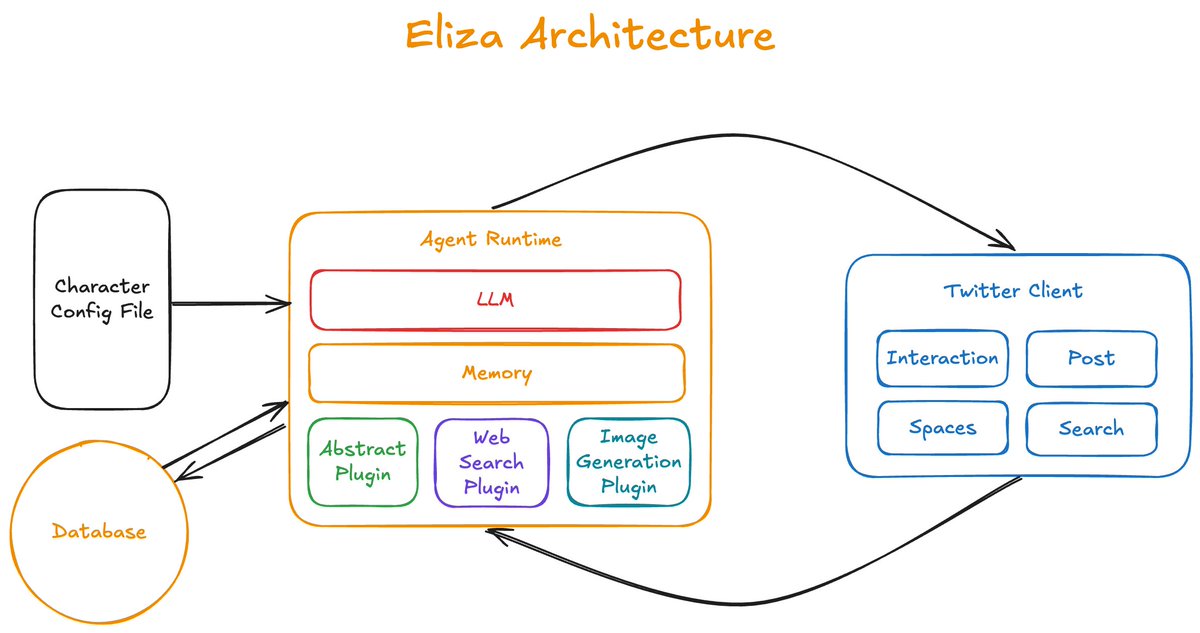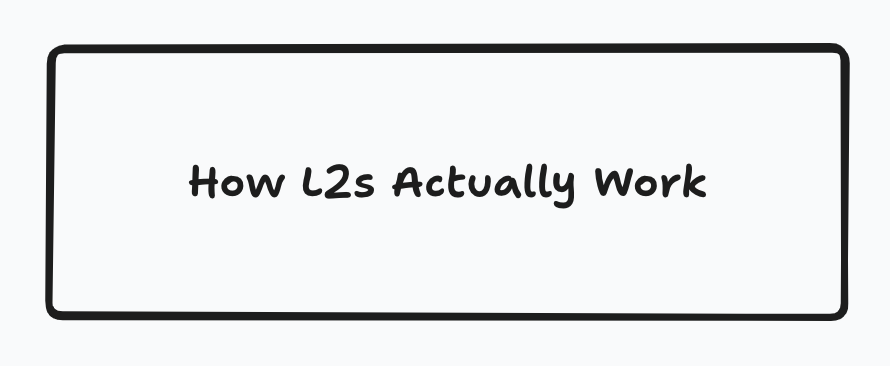"Account Abstraction is the future of crypto"
You've probably heard this line many times, but weren't sure what it meant. So let's fix that.
I present to you the beginner's guide to Account Abstraction - what it is, how it works, and how it'll change crypto apps forever 🧵:
You've probably heard this line many times, but weren't sure what it meant. So let's fix that.
I present to you the beginner's guide to Account Abstraction - what it is, how it works, and how it'll change crypto apps forever 🧵:

I'm not going to bore you with the technical and implementation details of Account Abstraction (that'll be a future thread).
Instead, this will be a very high-level overview of AA with practical examples of how it has improved the crypto user experience over the last few years.
Instead, this will be a very high-level overview of AA with practical examples of how it has improved the crypto user experience over the last few years.
Put simply, Account Abstraction is a set of frameworks and standards that turbocharge the capabilities crypto wallets (accounts).
You can think of this like taking a 1999 Honda Civic and giving it the ability to fly - it can still work as a car, but now it can do something new.
You can think of this like taking a 1999 Honda Civic and giving it the ability to fly - it can still work as a car, but now it can do something new.

You might then ask yourself - why aren't crypto wallets made powerful by default?
The answer is - they are on some modern chains, but for traditional blockchains like Ethereum, accounts were implemented before we fully understood all their potential usecases and flaws.
The answer is - they are on some modern chains, but for traditional blockchains like Ethereum, accounts were implemented before we fully understood all their potential usecases and flaws.
On Ethereum (and many EVM chains), we predominantly have Externally Owned Accounts (EOAs).
These are simple wallets that just hold assets and initiate transactions. They're bound to a single private key and cannot be programmed to do anything complex.
These are simple wallets that just hold assets and initiate transactions. They're bound to a single private key and cannot be programmed to do anything complex.

We also have smart contracts - pieces of code that execute on the blockchain trustlessly.
These contracts can be programmed to do almost anything.
Wouldn't it be cool if we could add the flexibility of contracts to everyone's crypto wallets?
These contracts can be programmed to do almost anything.
Wouldn't it be cool if we could add the flexibility of contracts to everyone's crypto wallets?
This is where Contract Accounts (CAs) come into play - these accounts are a core part of account abstraction.
CAs merge the limitless functionality of smart contracts into wallets (turbocharging). These wallets still hold funds, but they're no longer bound to private keys.
CAs merge the limitless functionality of smart contracts into wallets (turbocharging). These wallets still hold funds, but they're no longer bound to private keys.

Previously, if you lost your private key, you lost your wallet. This is a terrible experience, especially for non crypto-natives.
With CAs, wallets can be programmed with a variety of authentication methods instead of needing traditional private key signatures.
With CAs, wallets can be programmed with a variety of authentication methods instead of needing traditional private key signatures.

You can authenticate with touch id, with third party providers (Google, Apple), require multiple signers, or use different signature schemes.
You can create ways to recover an account if you do lose the original private key.
There are endless ways to build account verification.
You can create ways to recover an account if you do lose the original private key.
There are endless ways to build account verification.

These are all great for building more secure wallets, but AA also gives wallets the ability to function in new ways.
With EOAs, all txs must be paid in the chain's native gas token and must be paid by the initiator. Additionally, only one transaction can be done at a time.
With EOAs, all txs must be paid in the chain's native gas token and must be paid by the initiator. Additionally, only one transaction can be done at a time.
With AA:
- Transactions can be fully sponsored by a third party (commonly by apps)
- Transactions can be paid for in different tokens (pay in USDC instead of ETH)
- Transactions can be batched together, saving gas costs and allowing for token swaps without separate approvals
- Transactions can be fully sponsored by a third party (commonly by apps)
- Transactions can be paid for in different tokens (pay in USDC instead of ETH)
- Transactions can be batched together, saving gas costs and allowing for token swaps without separate approvals

As you can see, AA can really change the user experience in crypto apps.
Up until recently, we were stuck with rigid structures that made crypto onboarding hard and cumbersome.
With AA, we can now create experiences that rival and surpass those from traditional Web2 apps.
Up until recently, we were stuck with rigid structures that made crypto onboarding hard and cumbersome.
With AA, we can now create experiences that rival and surpass those from traditional Web2 apps.
It is important to note that these smart contract accounts are still fully owned and controlled by the user.
There is no third party that can access user funds - everything is still self-custodied.
There is no third party that can access user funds - everything is still self-custodied.
So what's the current status of AA today?
On the EVM, we have proposals such as ERC-4337 and EIP-7702 that lay the groundwork for AA.
Today, many of the features I mentioned above are possible. However, there is still much work in moving existing wallets to be contract wallets.
On the EVM, we have proposals such as ERC-4337 and EIP-7702 that lay the groundwork for AA.
Today, many of the features I mentioned above are possible. However, there is still much work in moving existing wallets to be contract wallets.

In the future, I'll publish a long form version of this guide that includes the ins and outs of Account Abstraction.
For now, just know that AA is our key to unlocking easy, secure, and powerful experiences that can onboard the next wave of crypto users.
For now, just know that AA is our key to unlocking easy, secure, and powerful experiences that can onboard the next wave of crypto users.
• • •
Missing some Tweet in this thread? You can try to
force a refresh

















